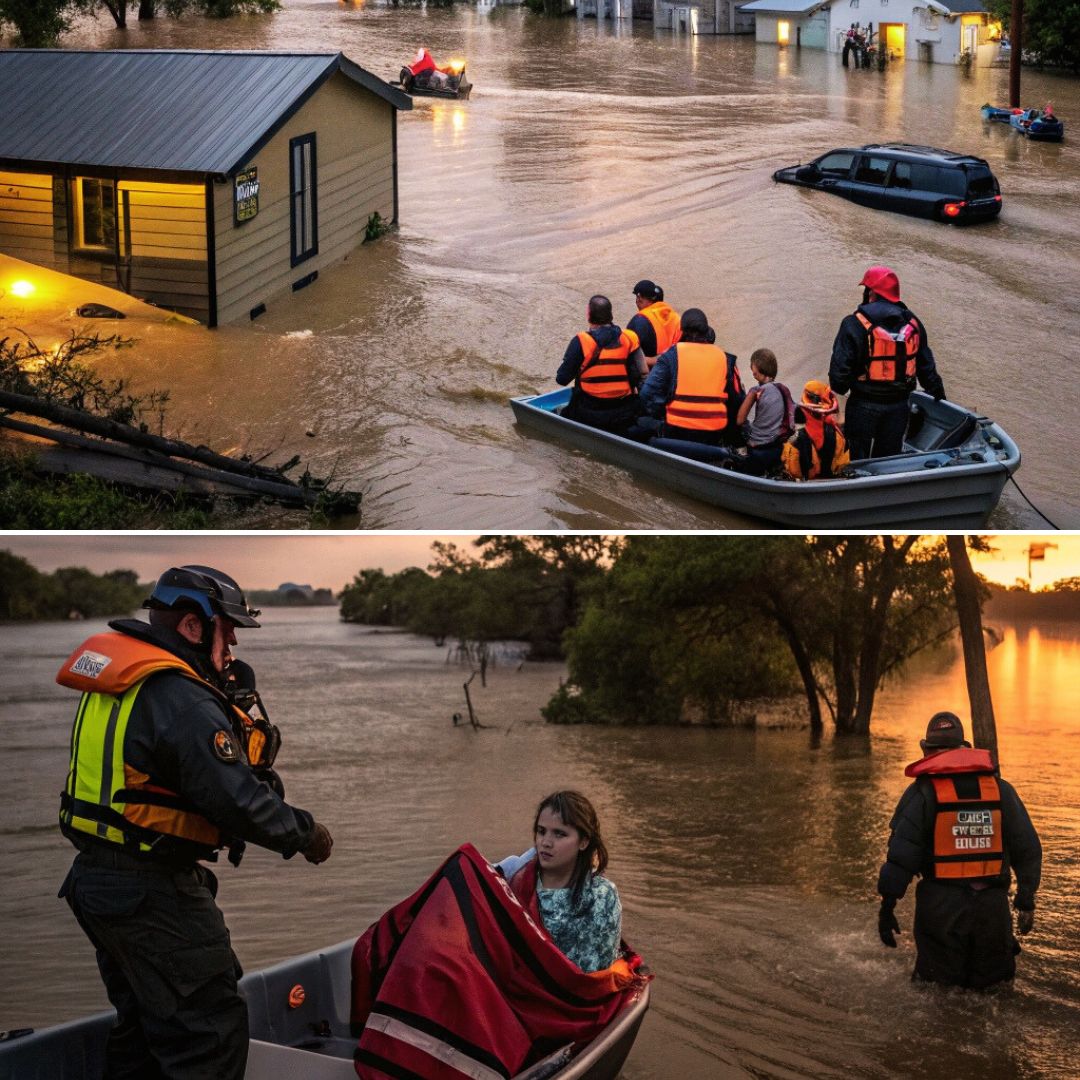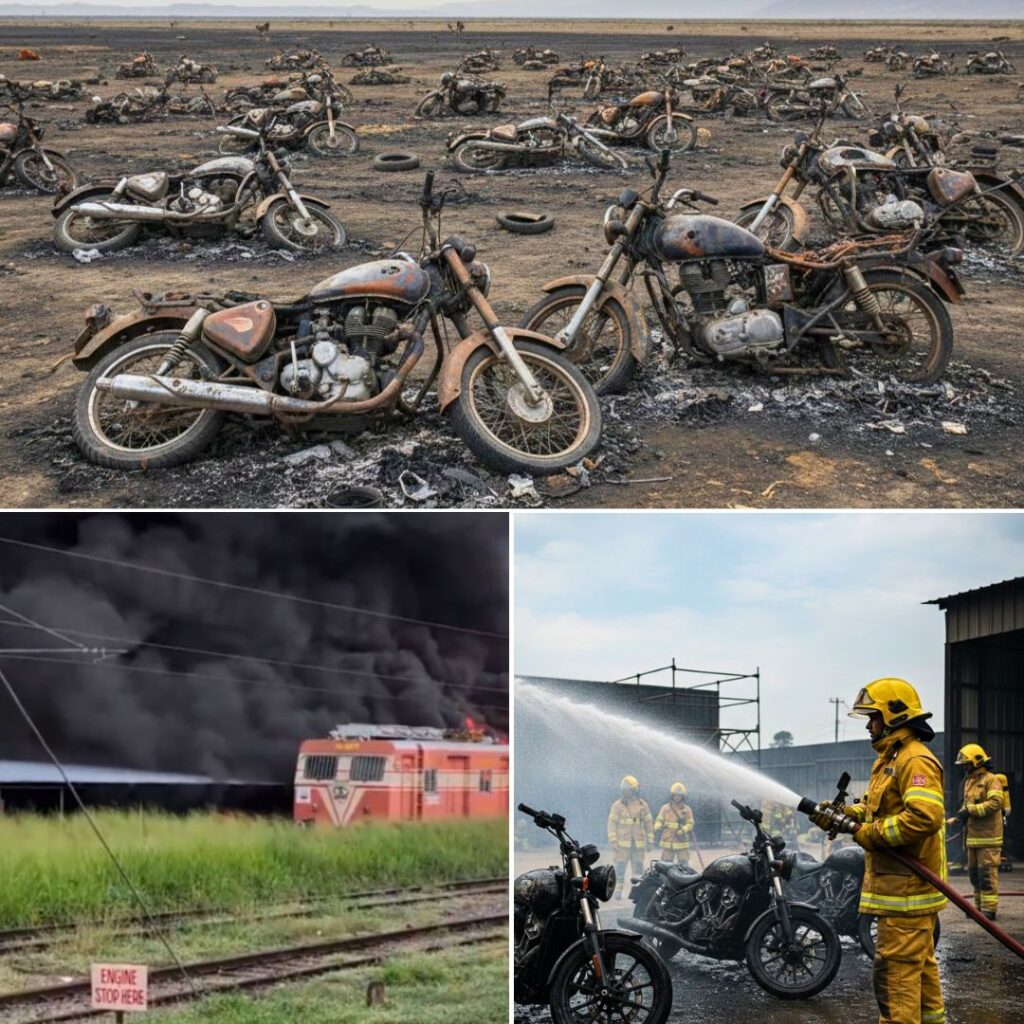At least 25 people have lost their lives and over 20 girls remain missing after unprecedented flash floods struck Texas Hill Country on July 4, 2025.
Record-breaking rainfall caused the Guadalupe River to rise by more than 26 feet in less than an hour, overwhelming homes, roads, and summer camps.
Emergency services are conducting round-the-clock rescues by boat and helicopter, as families and communities anxiously await news of missing loved ones and brace for further rainfall in the coming days.
‘Unimaginable Loss’: Families Grieve as Search Intensifies
The scale of the disaster has left the region in shock. The hardest hit is Camp Mystic, a century-old Christian summer camp near Hunt, where more than 20 girls aged 8 to 16 remain unaccounted for after floodwaters swept through the camp’s riverside cabins in the early morning hours.
“We are devastated. Our hearts are with the families. We are doing everything possible to find these girls,” said camp director Mary Ellen Foster. Rescue teams, including the Texas National Guard, Coast Guard, and local volunteers, have saved over 230 people so far, many plucked from rooftops or treetops as water levels rose rapidly.
The search for the missing continues with drones, canine units, and thermal imaging equipment. Kerr County Sheriff Larry Leitha described the scene as “unlike anything we’ve ever seen,” noting that many roads remain impassable and entire neighbourhoods are isolated.
The Night the River Rose: How the Disaster Unfolded
The National Weather Service had issued flood warnings, but the intensity and speed of the rainfall up to 13 inches in some areas caught many by surprise. The Guadalupe River, which normally meanders quietly through the Hill Country, became a torrent, submerging homes, camps, and roads within minutes.
Residents described waking to sirens and frantic knocks on doors. “The water was at our doorstep before we knew it. We barely got out with our lives,” said local resident Carlos Ramirez, whose family was rescued by boat.
The timing could not have been worse: the floods struck during the Independence Day holiday, when many families had gathered for celebrations. Emergency shelters have since been set up in churches and schools, with volunteers providing food, blankets, and emotional support to those displaced.
Disaster Response, Ongoing Dangers, and Calls for Change
Governor Greg Abbott has declared a state of disaster across multiple counties, mobilising all available resources for rescue and relief. The Texas Department of Emergency Management has urged residents to stay away from flooded areas and to heed official warnings, as further rain is forecast and the risk of additional flooding remains high.
Officials have established reunification centres for families searching for loved ones, and local hospitals are treating dozens for injuries ranging from hypothermia to broken bones. Mental health support teams are on the ground, helping children and adults cope with trauma and loss.
Environmental experts warn that such extreme weather events may become more frequent as climate patterns shift, and are calling for urgent investment in flood defences, better early warning systems, and climate resilience planning.
Breaking right now..prayers needed in Texas..💔🙏🙏
— Chris from Massachusetts AKA TommyboyTrader (@autumnsdad1) July 4, 2025
At least 13 people killed, 23 girls missing from summer camp after flash flooding in central Texas. Hundreds more may be missing at this time as search and rescue is underway..
pic.twitter.com/vn0wKhnVwh
The Logical Indian’s Perspective
The tragedy in Texas Hill Country is a powerful reminder of our vulnerability in the face of nature’s fury and the urgent need for compassion, preparedness, and solidarity. The courage of first responders and the resilience of affected families inspire hope, even as the community mourns its losses.
As climate change intensifies, how can we work together across borders, faiths, and backgrounds to build safer, more resilient communities? What lessons can we learn from this disaster to better protect our most vulnerable?
#BREAKING: At least 13 people have been killed and 23 girls are currently missing from a summer camp after catastrophic flash flooding swept through central Texas pic.twitter.com/9SpzPcoUCE
— UP BK NEWS📰 (@UP_BKSH) July 5, 2025











